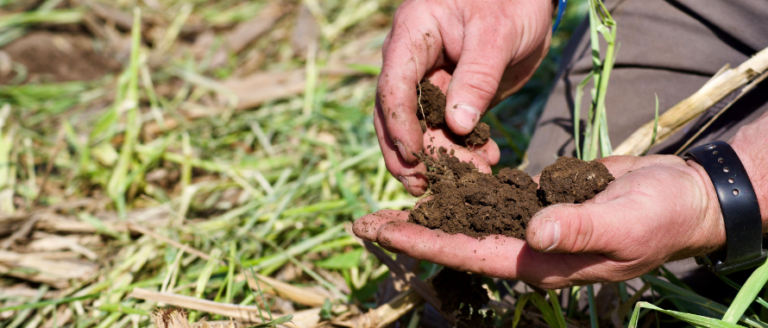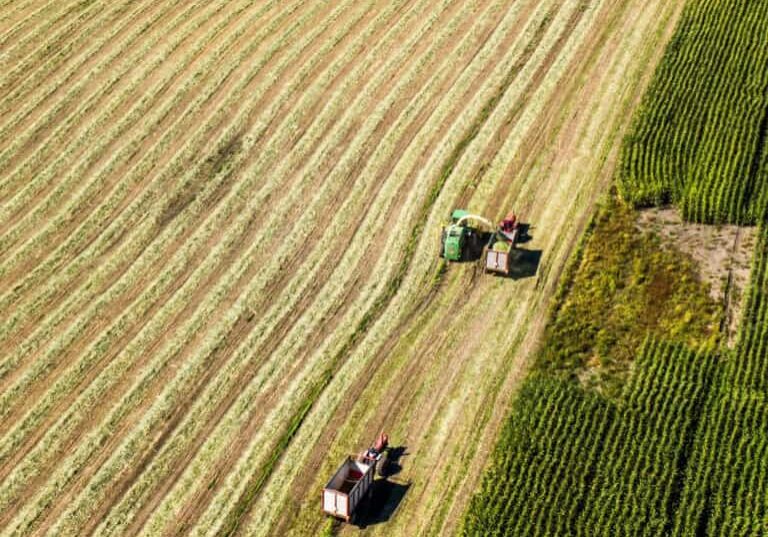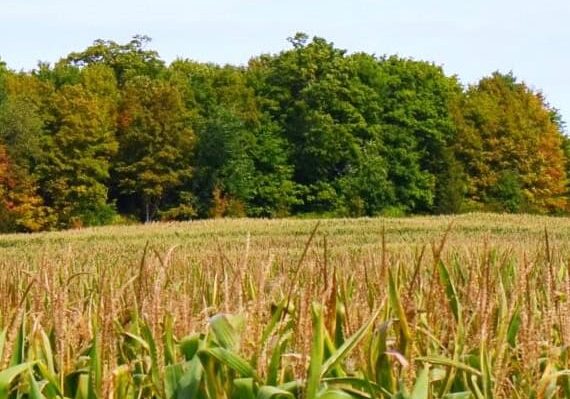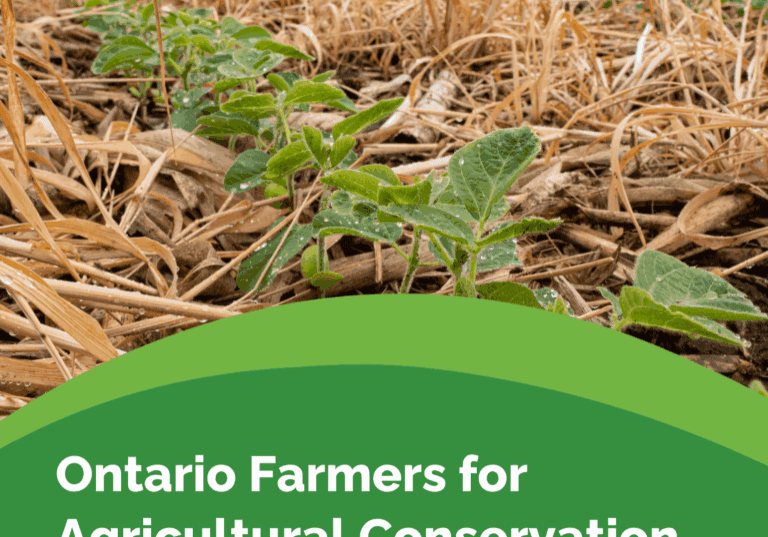Mitigating the effects of extreme weather events through soil health

National Farmers Union – Ontario Newsletter
The Rural Voice | July 2018
By Tony Straathof
It’s early June, and now that the planting is complete, there’ s time to reflect on how often the soil has been walked on, picked up, kicked with a boot, and dug into over the last month and a half to make sure the conditions are just right to put seed in the ground. With everything greening up, anyone that has a connection with the soil should be amazed at how much is reliant on the top 100mm of soil.
This year’ s planting season is different than last year. Early spring and summer 2017 had an unprecedented amount of rainfall, and farmers wondered if the planting would ever get done – choosing to put corn on land that should have been barley; choosing soys when it got too late for corn; and finally, simply spreading something on land that no longer had time to finish a crop just to avoid bare land. Growers are becoming aware that with each year the variations in weather are becoming more extreme. Whatever it is attributed to, whether greenhouse gasses or the jet stream, farmers know they have to be prepared for increasingly more extreme weather events.
Extreme weather events are defined by “too much” of anything – too much rain, too little rainfall, too cold, too hot, too windy. All of these extreme weather events have a devasting effect on people’s lives and livelihoods. Farmers, who are close to the land, know this better than anyone else. They know that bare soil blows away in wind, washes away in rain, and heats up too fast when not covered with vegetation.
Towards the end of April this year, Ontario released New Horizons: Ontario’s Agricultural Soil Health and Conservation Strategy, which was the culmination of two years of work to create a soil strategy for the next 12 years, and I was privileged to sit on the working group on behalf of the NFU-O. The strategy defines what healthy soil looks like and evaluates where soil health in Ontario is now and what goals need to be worked towards. But, the overall message is that there is only a fragile covering on the earth that needs to be protected to sustain life. Organic matter and vegetative cover are more critical than ever in absorbing excess rainfall, in retaining moisture in droughts, and in preventing soil from blowing away in the wind. Farmers hold the key, through their practices in building soils that mitigates these extreme events.
The soil strategy is important reading for all farmers, but it’s just as important for growers to network with their contemporaries to discuss management strategies. Farmers have come a long way in understanding what is going on beneath their feet, but farmers also realize now how much more there is to learn. The next 12 years will be both the most challenging and rewarding as we work together to improve Ontario’ s soils.
You can find the soil health strategy here: http://www.omafra.gov.on.ca/english/landuse/soil- strategy.htm.
Tony sits on the NFU-O Board, is a farmer in Renfrew County, and participated in Ontario’ s Soil Health Working Group.
Click here to view the PDF version.
A subscription to The Rural Voice is one of the benefits of being an NFU-O member








